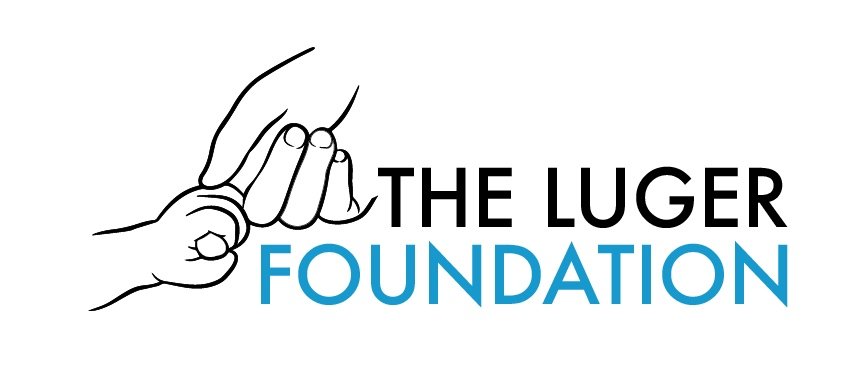A Breakthrough Blood Test Brings Hope In Predicting Preterm Birth
Preterm birth, defined as delivering a baby before 37 weeks of pregnancy, remains one of the most critical public health challenges worldwide. It is not only a leading cause of infant mortality but also often results in long-term health complications for survivors. The World Health Organization says over 15 million babies are born prematurely each year, and more than a million of them do not survive. Even more troubling, 70% of preterm births occur without an identifiable medical cause. For example, in Ohio in 2023, one in nine babies were born prematurely. However, researchers at Ohio State University have developed a promising blood test that could dramatically shift how we predict and prevent preterm births, offering hope to millions of families globally.
What Causes Preterm Birth?
Here we are in the year 2024, and the underlying causes of preterm birth is still often unclear and can be quite complex. This makes prevention a significant challenge. However, research has highlighted several contributing factors, including:
Stress and Racial Disparities
We do know that stress is a significant factor in preterm births. Early life adversities, chronic stress, and experiences of racial discrimination can profoundly affect a woman’s pregnancy. Studies show that Black mothers are twice as likely to deliver preterm compared to white mothers, underscoring the impact of systemic inequalities and social determinants of health on pregnancy outcomes.
Immune System Disruptions
Stress doesn't just take an emotional toll; it also takes a toll on the body's immune system. Factors like poor sleep, depression, and anxiety—often linked to chronic stress—can interfere with immune regulation, creating conditions that may contribute to preterm labor.
A Revolutionary Blood Test for Preterm Birth Prediction
Thanks to groundbreaking research at Ohio State University, we may now have a tool to predict preterm birth risk early in pregnancy. This innovative blood test measures subtle changes in the immune system that are linked to preterm birth. Remarkably, the test requires less than a teaspoon of blood and analyzes specific immune markers, making it as simple and routine as a standard anemia test.
What Makes This Test So Promising?
Preliminary studies show that this blood test can predict preterm birth risk with up to 97.5% accuracy. If widely implemented, it could revolutionize prenatal care and offer significant benefits, including:
Early Identification of High-Risk Pregnancies
The test allows healthcare providers to identify women at high risk for preterm birth early in their pregnancy. This early detection enables timely interventions, such as enhanced monitoring, specialized treatments, or lifestyle adjustments, to reduce the risk of preterm labor.
Empowering Expectant Mothers
Knowledge is power. By understanding their risk, expectant mothers can make informed decisions about their care, seek appropriate support, and adopt strategies to improve their pregnancy outcomes.
Lowering Healthcare Costs
Preventing preterm births can significantly reduce healthcare costs by minimizing the need for intensive neonatal care, which is often required for premature babies. Early interventions can also lessen the emotional and financial strain on families.
Research and Validation
While the initial results are promising, further research is needed to validate the test across diverse populations. Dr. Shannon Gillespie, an assistant professor at Ohio State's College of Nursing, is leading efforts to expand this research. With a $2.3 million grant from the National Institutes of Health, her team is conducting a comprehensive study to confirm the blood test's reliability and pave the way for its adoption in clinical practice.
This next phase of research is crucial. By involving larger and more diverse groups of pregnant women, the team aims to ensure that the test is effective and equitable for all populations, addressing disparities in maternal and infant health outcomes.
The Potential to Transform Lives
The development of this blood test represents a groundbreaking step toward addressing the global burden of preterm birth. By providing early warnings and opportunities for intervention, it has the potential to save countless lives and improve health outcomes for mothers and babies worldwide.
Creating a Brighter Future
Imagine a future where every pregnancy has the best chance of reaching full term. This test brings us closer to that reality by empowering healthcare providers and expectant mothers to take proactive steps toward healthier pregnancies. For families, this means reduced uncertainty and increased confidence that their child will have the healthiest start possible.
Broad Impacts on Public Health
The implications extend beyond individual families. As healthcare systems adopt tools like this, the broader public health impact could be transformative. From reducing neonatal intensive care unit admissions to addressing health disparities among vulnerable populations, this innovation could set a new standard for maternal and child health care.
A Path to Hope and Progress
The journey to predict and prevent preterm birth has taken a significant step forward with this innovative blood test. While challenges remain, the potential benefits are immense. By identifying risks early, providing targeted interventions, and addressing disparities in care, this breakthrough could dramatically reduce the incidence of preterm births and improve outcomes for families around the world.
As we look to the future, continued investment in research and collaboration across healthcare systems will be essential. The work being done by Dr. Gillespie and her team at Ohio State University offers hope and a tangible path forward. With tools like this, we can envision a world where fewer families face the heartbreak of preterm birth, and every baby gets the best start in life.
